

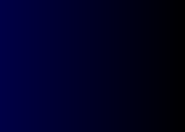
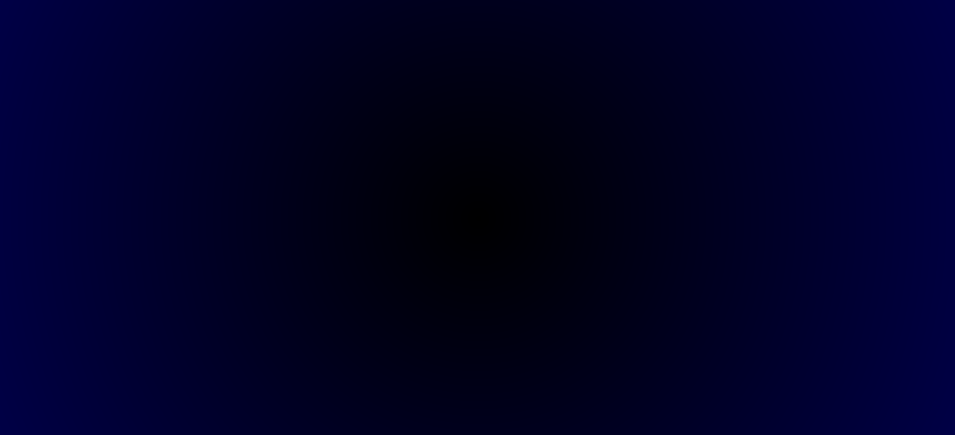
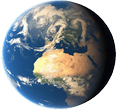
| Willemstad is the capital and biggest city on the island. Its center is very famous for its colourful houses that often have beautiful old Dutch facades. The old city center is split in two by a canal that can be crossed on foot by using the biggest still functional floating bridge in the world. To protect this delightful part of town, it has been designated a UNESCO cultural world heritage site. The west part is called Otrabanda while the eastern and oldest neighbourhood is named Punda. In Punda you will find many shoppingstreets, the oldest Synagoge of the Americas and Fort Amsterdam which is now home to the gouverment of Curaçao. In Otrabanda there is less to see, but the museum Kura Olanda is very intersting. This museum has very diverse exhibitions: from Inca jewels and Greek bakery to African masks. The most important and intersting part, however, is dedicated to the history of slavery in the west indies. The center of Willemstad is great place to spend the day! |

| Very close to Dick and Annemarie's house are a couple of bays and beaches that are a nice place to enjoy the sun and the underwaterworld of Curaçao. Jan Thiel beach is very busy and has a dive center where we followed the open water diving course for 4 days. Since the coral reefs in this bay are part of the Curaçao Marine Park they are in good shape, but often visibility is not optimal. The peninsula that is lined by the Caracasbaai and the Spaanse water offers some nice walking trails and can be good for birdwatching in the morning. |
| In the western part of Curaçao there is this little town which is located close to a lagoon that is used for the production of salt. These saltpans are not that interesting if it wasn't for the fact that it attracts Caribbean Flamingo's. It is the only place on Curaçao where you are very likely to see them. On the west side of town there are a couple of beaches that are definately worth exploring, including that of Port Marie. This beautiful white beach is great for sunbathing but also offers great chances for snorkeling and diving. It has a beautiful double coral reef with good visibility. |

| The southern and eastern shores and sea of Curaçao are protected to prevent further damage of a beautiful stretch of Coral reefs which are home to a lot of brilliantly coloured fishes, sponges, anemones and even sea turtles and sting rays. There are a few boatwrecks, like tugboat, that are covered in coral and are definately worth exploring. We followed the PADI certified open wtaer diving course for 4 days and enjoyed it very much. At first it was a bit scary to breath under water, but after a while you're used to it and you can fully concentrate on the life below sea level. It is incredible to see all those fishes and corals at a very close distance. It is like you are swimming in a big aquarium. We will definately continue diving whenever there is the opportunity. The underwater photos have been taken during snorkeling with a disposable waterproof camera. For a disposable camera they are quite okay |

| The dad of Rianne, Dick, and his girlfirend, Annemarie, have a very pleasant house close to the Spanish water. With a pool in the garden and a big portch they have all they need to take full advantage of the tropical climate they love so much. We have to admit that we are a bit jealous... The garden is well maintained and has many flowering plants that attracts all kind of birds including hummingbirds and orioles. |

| The Christoffel National Park covers the northwerstern hills of the Island, including its highest peak of 375m, the Christoffelberg. The typical vegitation is a combination of thorny shrub and bushes, cactuses and bromelias. The park is home to the 'Bina' which is an endemic sunspecies of the white-tailed deer. There are early morning and late afternoon excursions that focus on spotting these elusive animals. We participated in a very special walk: with a guide we crossed a part of the park off road by slashing our way through the bush. Only twice a year this trip is organized and allowed us to visit parts of the park that are seldomly seen by humans. In one valley we saw a very rare plant endemic to Curaçao. Although we didn't do it, there is also the option to climb the Christoffelberg all the way to the top. |
© Bart Everts

 |
 |
 |
 |
 |

| The northern coast has, in contrast to the southern coast, no beaches and is characterized by many volcanic rocks and a rough sea, In the north west a part of this coast is protected by a Park, Shete Bocas, or 'Seven Mouths'. There you can find many (7) coves in which the waves are crushed with enourmous power. This gives spectacular splashes and is a nice place as a cool alternative (due to the strong wind) for the hot beaches. |

| Close to Jan Thiel Lagoon is this Aquarium, that has any local sea animal on dislay. The Seaquarium is well known for the possibility to come in physical contact with dolphins, turtles, seastars and nurse sharks. If you want and are willing to pay the price you can even swim or dive with the dolphins. That's supposed to be a thrilling experience. Furthermore there are sealion and dolphin shows. In the many aquariums you can find most local coral reef fishes that you are likely to spot on dive. It's worth visiting especially with kids. |
 |
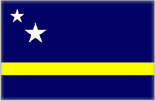
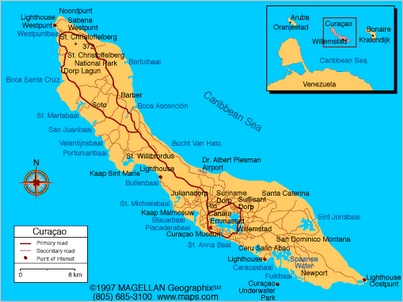
 |
 |
 |
| Physical activities: eg Walking / Rafting / swimming Nature: eg National Park / Reserve City / Cultural site |
 |
 |
 |
 |
 |
 |











